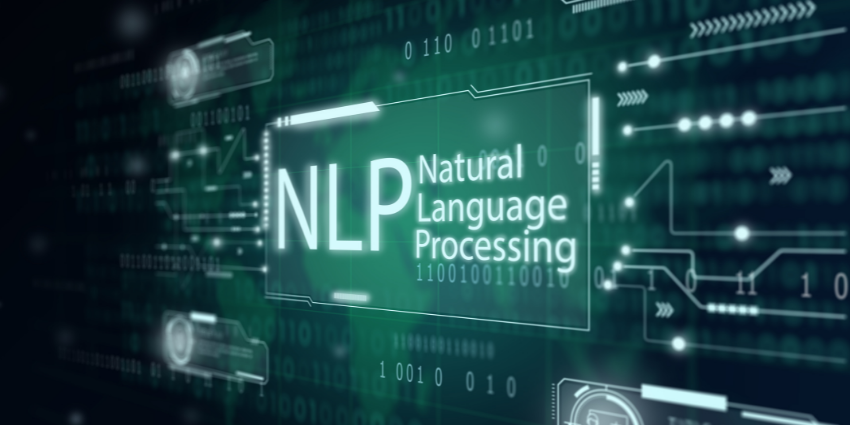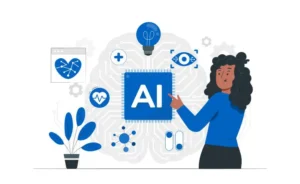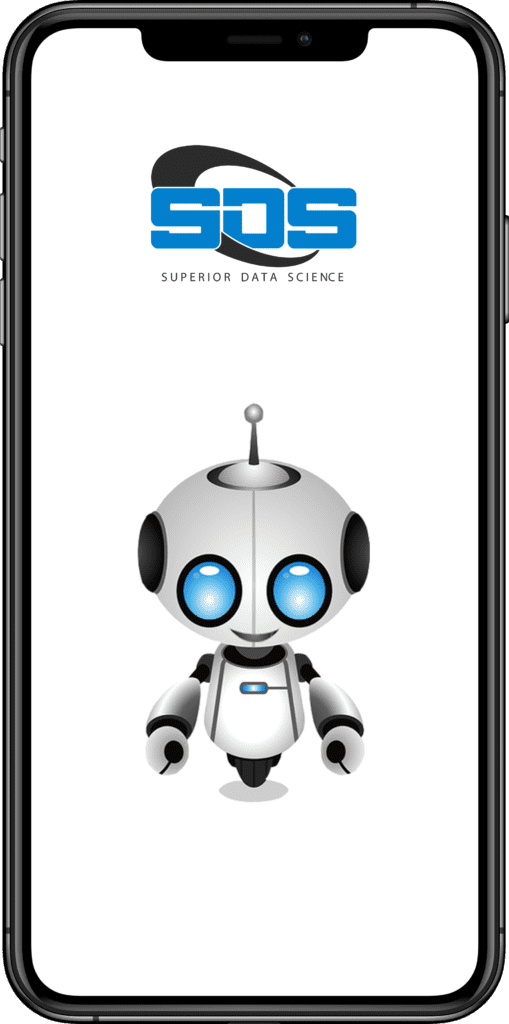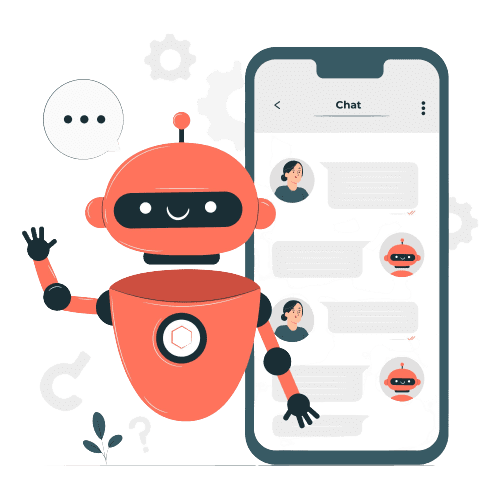NLP actively explores the interaction between computers and humans in natural language, serving as a subfield of computer science and artificial intelligence. It entails the development of innovative and advanced technologies that enable computers to comprehend and interpret human language. By programming computers to analyze vast quantities of language data, NLP facilitates more natural communication between humans and machines.
The History of Natural Language Processing
During the 1950s, computer scientists actively explored the concept of teaching computers to comprehend human language, marking the initiation of NLP’s history. They conducted early experiments, aiming to create algorithms capable of facilitating language translation, although these endeavors had limited success. As time advanced, NLP underwent significant development in the 1980s, evolving into a more sophisticated technology. The advancements during this period involved enhancing the understanding and interpretation of human language by computers. These breakthroughs laid the foundation for the subsequent advancements in NLP.
How Does NLP Work?
NLP uses various techniques to analyze and interpret human language. Among the array of techniques used in natural language processing, a prominent one is “tokenization.” This technique actively involves the decomposition of a sentence into discrete words or phrases. Following tokenization, the computer effectively employs algorithms to discern the sentence’s grammatical structure and extract its inherent meaning. Another technique used in NLP is called “sentiment analysis,” which involves analyzing the emotional content of a piece of text. Sentiment analysis is often used in social media monitoring to determine the public’s opinion about a particular topic or brand.
Applications of Natural Language Processing
NLP has many applications in various industries, including healthcare, finance, and marketing. One of the most significant applications of NLP is in the development of chatbots, which are computer programs that can converse with humans in natural language. Chatbots are used by many companies to provide customer service and support. Another application of NLP is in machine translation, which involves translating one language into another. Companies actively utilize machine translation to efficiently translate a wide range of content, including documents, web pages, and various other types of textual materials. In addition to its applications in various domains, NLP actively plays a crucial role in sentiment analysis. This involves the analysis of social media and other forms of text to gauge the public’s opinion regarding specific topics or brands. By leveraging this information, companies can actively develop effective marketing strategies and enhance their products and services.
Challenges and Limitations of NLP
While NLP has made significant advances in recent years, it still faces several challenges and limitations. One of the biggest challenges is understanding the context of a piece of text. Language is often ambiguous, and the meaning of a sentence can change depending on the context in which it is used. Another challenge is dealing with slang and other non-standard forms of language. NLP algorithms are typically trained on standard forms of language, which can make it difficult to understand non-standard forms.
Conclusion
Natural Language Processing revolutionizes human-computer interaction by enabling computers to engage with humans naturally. Various industries, including healthcare, finance, and marketing, actively utilize this innovative technology. However, NLP faces persistent challenges and limitations, such as comprehending contextual nuances and addressing non-standard language forms. Researchers and practitioners continuously strive to overcome these obstacles and enhance NLP’s capabilities. They work on refining algorithms and developing novel techniques to improve context understanding and handle diverse language patterns effectively.
FAQs
1. What is the difference between NLP and artificial intelligence?
Natural language processing is a subfield of artificial intelligence that focuses specifically on the interaction between computers and humans in natural language.
2. What are some examples of NLP applications?
Some examples of NLP applications include chatbots, machine translation, and sentiment analysis.
3. How accurate is natural language processing?
The accuracy of NLP depends on the quality of the data used to train the algorithms. With high-quality data, NLP can be very accurate.
4. Is natural language processing only used in English?
No, NLP can be used with any language, but the accuracy and effectiveness of the technology depend on the quality and quantity of data available in that language.
